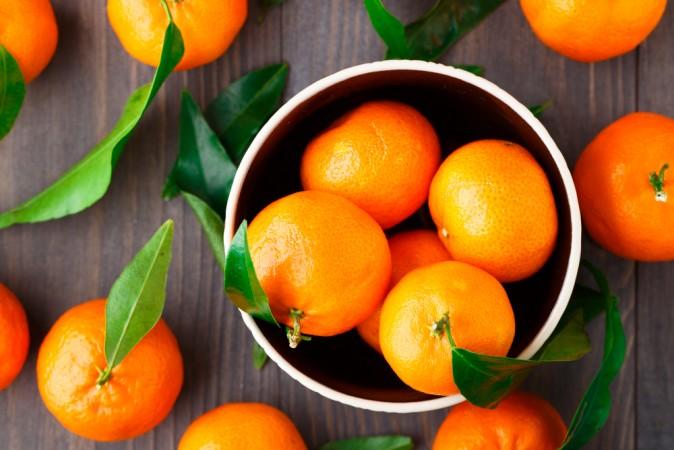Fermented tea known as kombucha has been rapidly growing in popularity among health food lovers. But it’s actually been around for thousands of years. It originated in China in the third century B.C. Then it made its way to Russia, India, and Japan where it became a staple among Samurai warriors. Today it is also popular in Poland, Germany, Bulgaria, Indonesia and many other cultures.
Kombucha – or “the booch” to its fans – is made from green, black or white tea. It’s fermented for at least a week with sugar and a fungal culture consisting of a mixture of bacteria and yeast. The starter is called a “SCOBY,” which is an acronym for “symbiotic colony of bacteria and yeast.“
The culture, also sometimes referred to as the “mother,” resembles a light brown, tough, gelatinous disk, which is a living, growing organism. With each batch of the tea, the organism can regenerate and create a new culture called the “baby,” which can be shared with a friend much like the sharing of a sour dough starter.
Sometimes called “mushroom tea,” kombucha has been associated with a long list of health benefits. It’s a probiotic drink with helpful bacteria that support digestion and the immune system. It also contains enzymes, amino acids, antioxidants and polyphenols.
But relatively little scientific evidence has confirmed the health claims of traditional cultures drinking the tea. Recently, researchers from the University of Latvia gathered 75 studies attesting to the proven health properties of kombucha.






